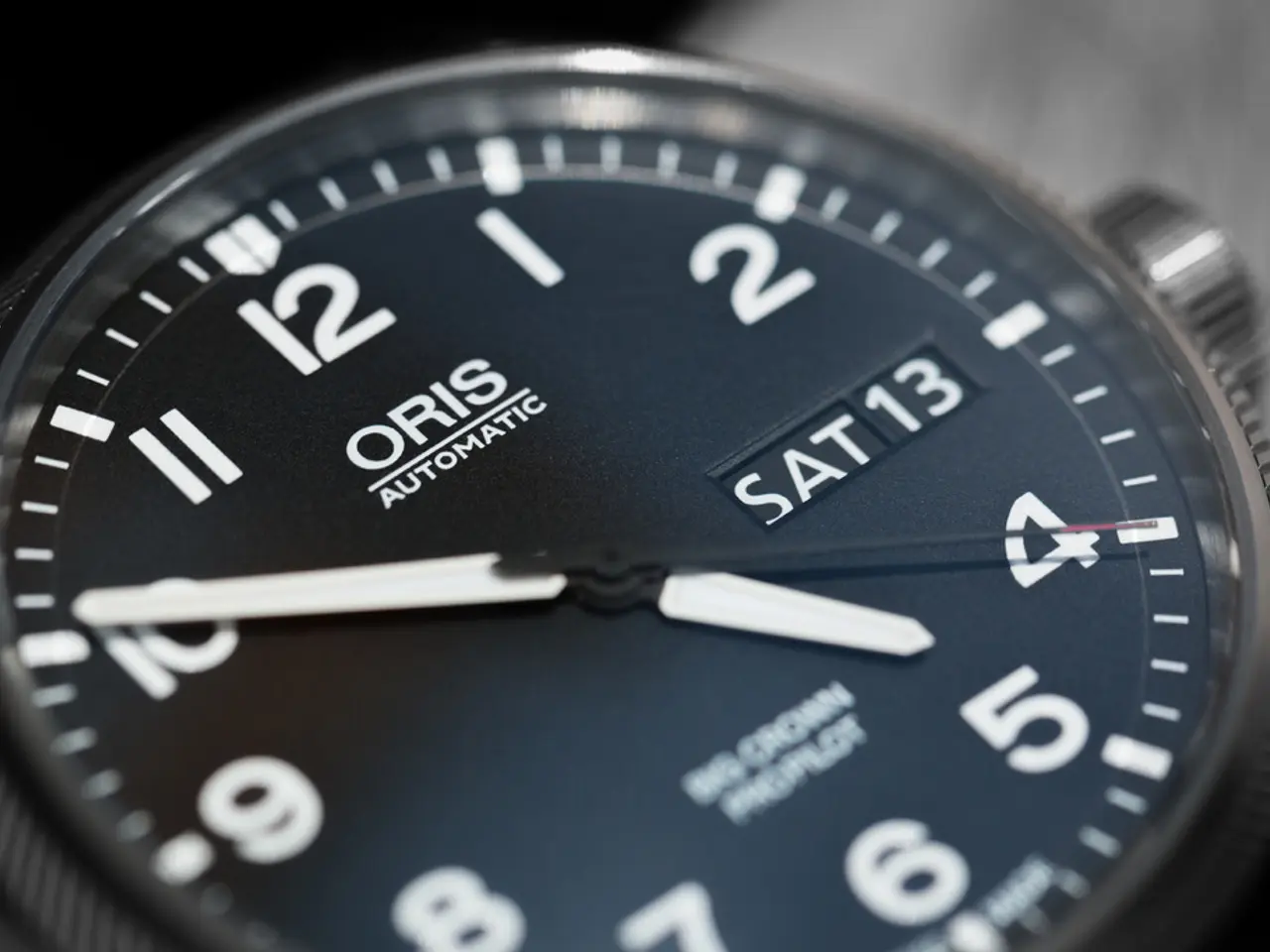Exertion Assessment Scale: Definition, Components, and Insights
The Borg Rating of Perceived Exertion (RPE) Scale is a valuable tool for assessing the intensity of exercise based on how hard a person feels they are working. This subjective measure, created by Swedish scientist Gunnar Borg in the 1960s, has proven to be a useful indicator of exercise intensity for both athletes and individuals in clinical populations.
The Original Borg Scale: 6 to 20
The original Borg Scale ranges from 6 to 20, with 6 representing no exertion and 20 indicating maximum exertion. By multiplying the RPE score by 10, an individual can estimate their approximate heart rate during exercise. For example, a rating of 20 relates to about 200 beats per minute, providing a rough estimate of cardiovascular stress.
The Modified Borg CR10 Scale: 0 to 10
For practical use during exercise, a modified RPE scale running from 0 to 10 has been developed. This scale is simpler and more intuitive, with 0 meaning no exertion, 5 being moderate effort, and 10 being maximal effort. This scale allows exercisers to subjectively gauge intensity without direct correlation to heart rate.
Correlation with Heart Rate
Studies have shown a significant relationship between RPE scores and heart rate, especially as exercise intensifies. The correlation strengthens during continuous or repeated exertion rounds, indicating RPE can reliably reflect cardiovascular load over time. However, it's important to note that heart rate can be influenced by other factors, such as hydration and temperature, making RPE a valuable standalone subjective measurement.
Considering Pain or Discomfort
Modifications of the RPE scale have considered pain or discomfort levels by incorporating ranges like 0–10 that focus on perceived effort and sometimes incorporate perceived pain or fatigue ratings during exercise. This allows tailoring exercise intensities considering individual discomfort or pain responses, which is helpful for clinical or rehabilitative settings.
Practical Applications
The Borg RPE scale is a useful tool in monitoring and prescribing exercise intensity. During exercise, individuals rate their effort on this scale, which helps guide intensity without directly measuring physiological variables. This is particularly useful when heart rate monitors are not available.
Guidelines for Exercise Intensity
According to the Centers for Disease Control and Prevention (CDC), people should aim to complete at least 150 minutes of moderate-intensity exercise or 75 minutes of vigorous-intensity activity per week. Using the Borg RPE scale, an individual aiming for moderate-intensity exercise should aim for a rating between 12 and 16, which corresponds to the "moderate activity" level. If an individual reports a high RPE score while feeling breathless and fatigued, they could be putting themselves at risk of injury and should slow down.
In conclusion, the Borg RPE scale is a simple and valuable indicator of the intensity of an individual's chosen physical activity. Whether you're an athlete looking to optimise your training or an individual seeking to maintain a healthy lifestyle, understanding and utilising the Borg RPE scale can help ensure that your exercise routine is both safe and effective.
- The original Borg RPE Scale, with its range of 6 to 20, has proven to be a useful tool in the science of health-and-wellness, providing a correlation between exertion levels and cardiovascular stress.
- The Borg RPE scale, when combined with guidelines set by health organizations like the Centers for Disease Control and Prevention (CDC), can be a practical resource for fitness-and-exercise enthusiasts and athletes, helping them gauge their intensity during sports and exercises, ensuring both safety and effectiveness in their routines.




